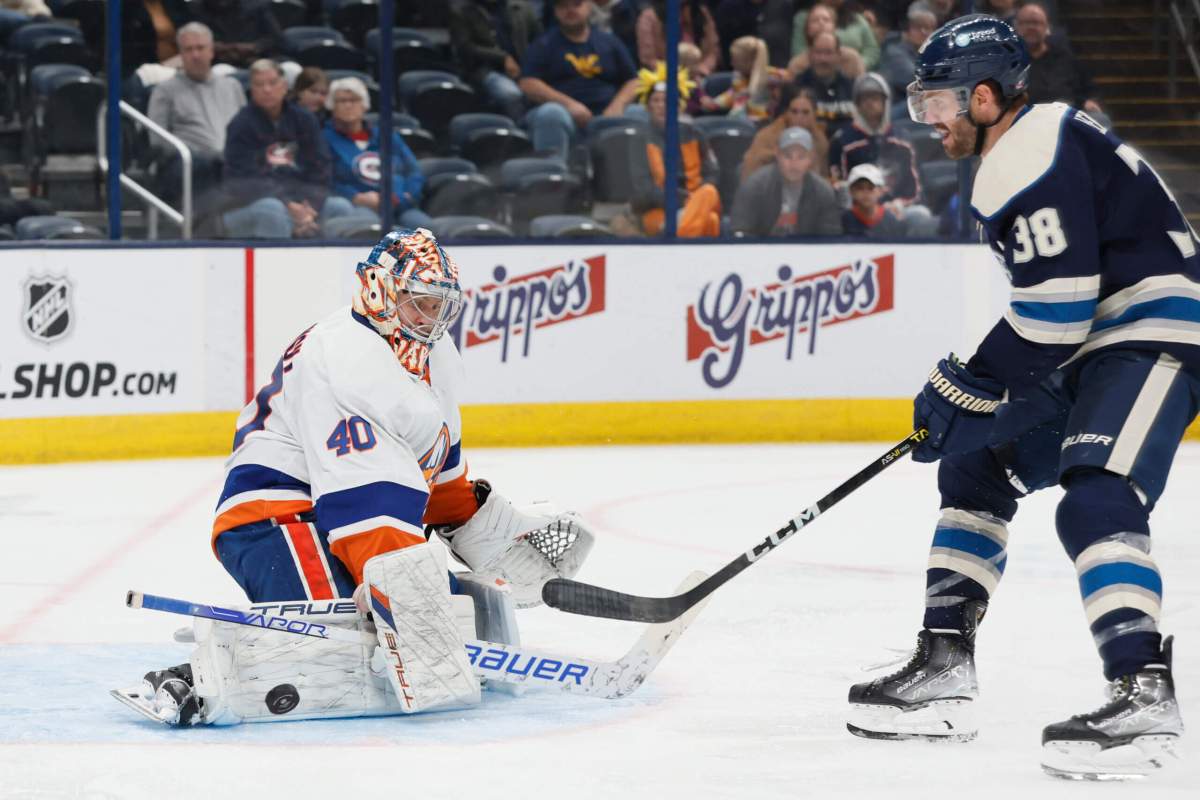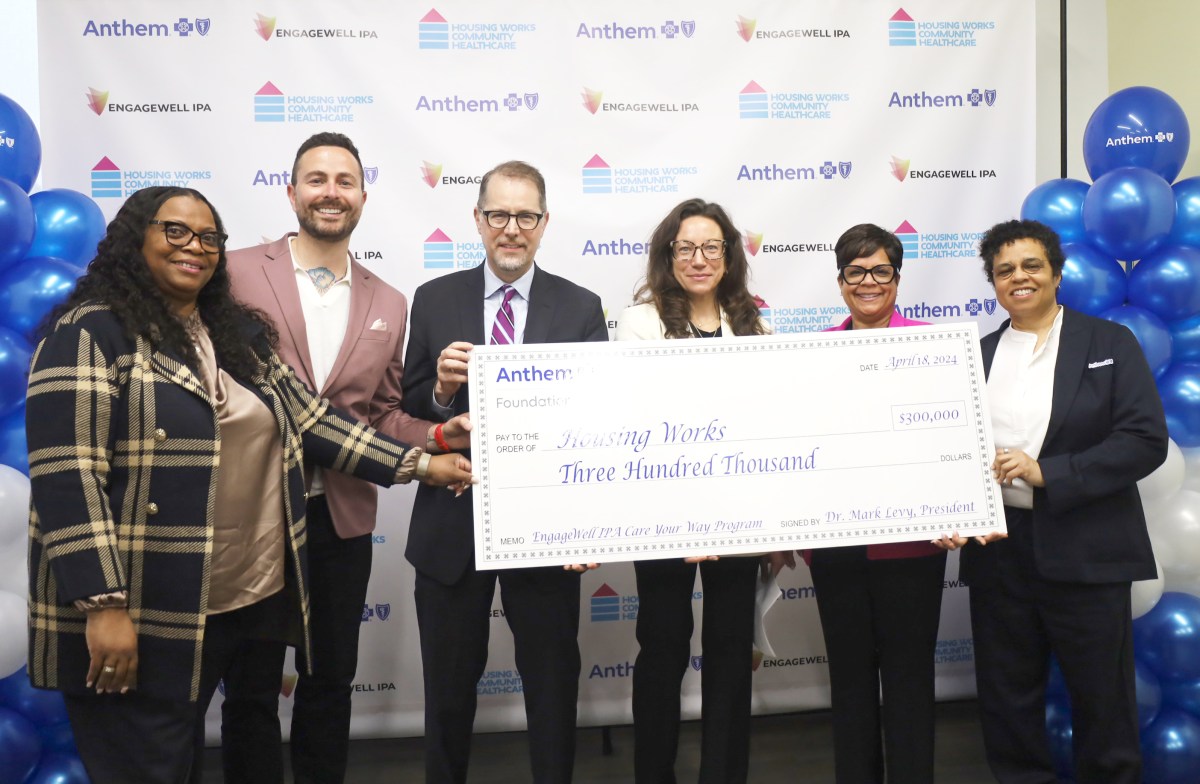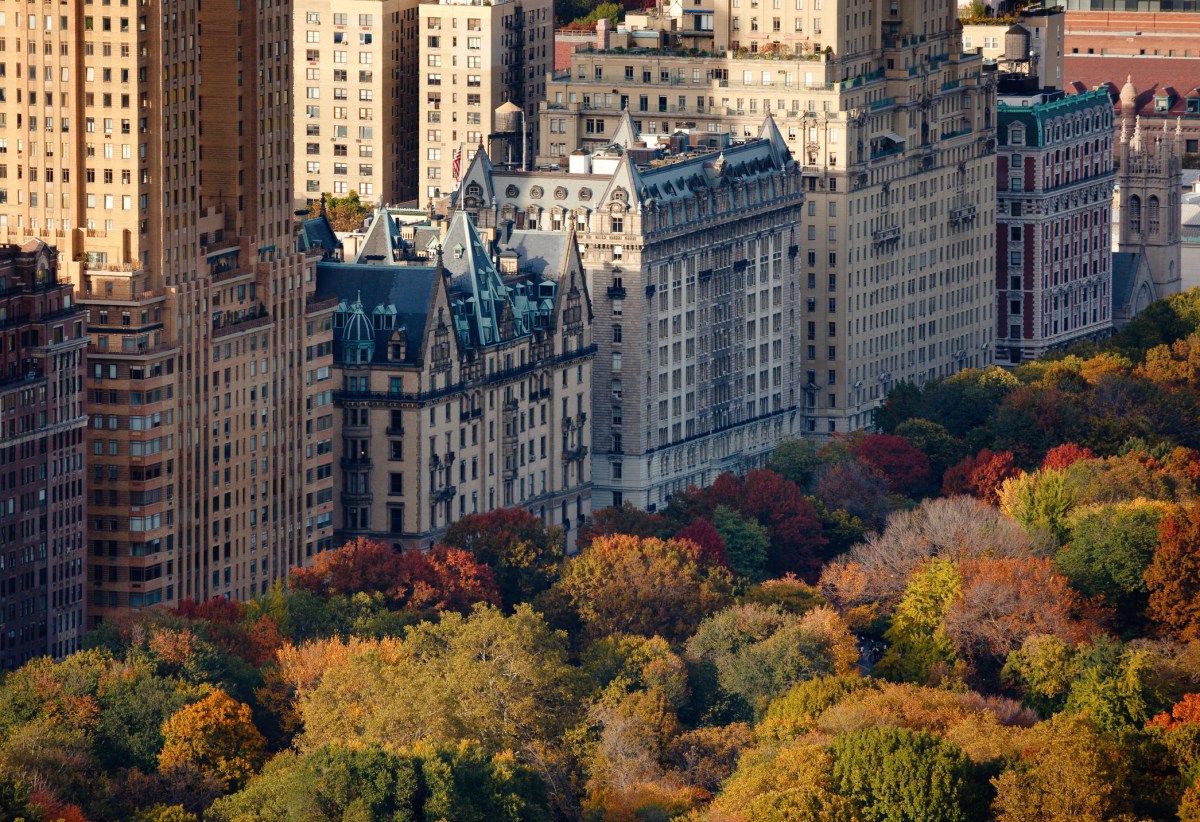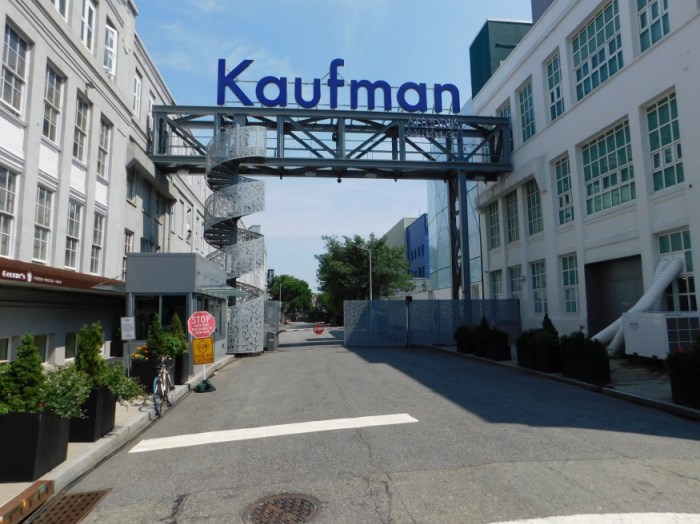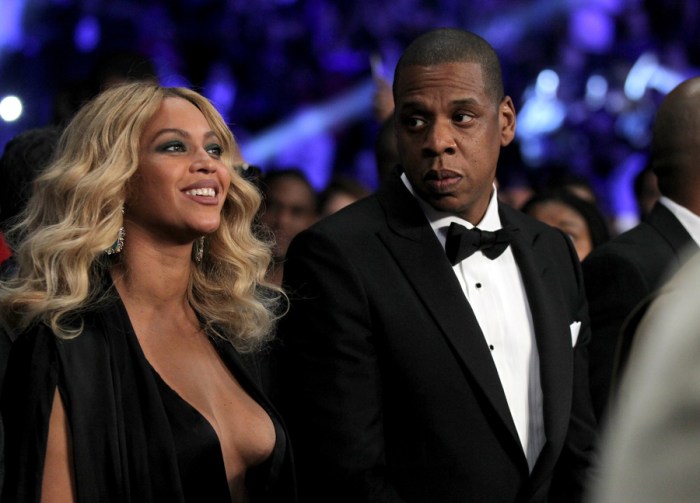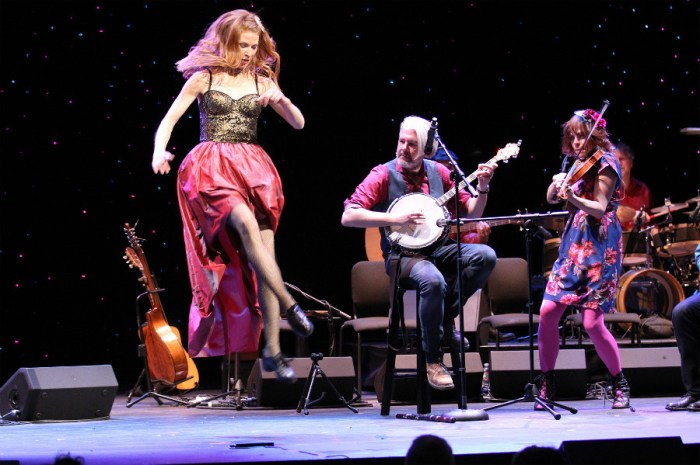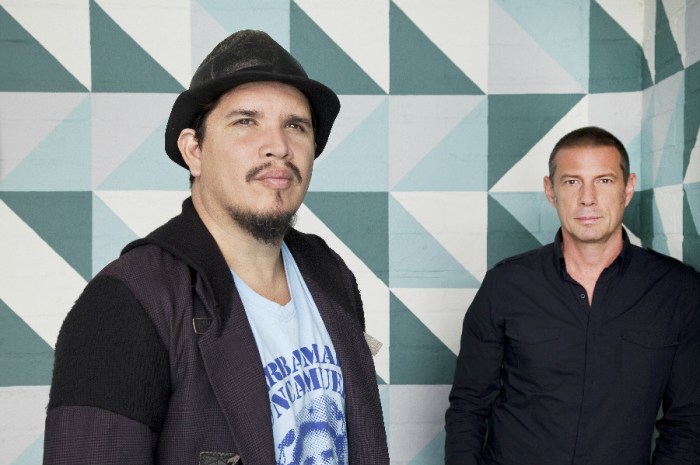What’s the difference between a vandal and a street artist? Oh, about 25 years.
That’s how long it’s been since Cambridge-raised Mike Lee stylized himself into the renegade graffiti artist MerkThose, but these days “Merk” doesn’t need to scour for neglected urban surfaces to find welcome canvases for his work. Instead, he’s being invited to share his painting in respected places like the Museum of Fine Arts and, now, a unique art gallery located right in the heart of a Cambridge biotech facility. It marks a stark contrast to see Merk’s pronounced comic- and graffiti-inspired portraits of icons like Prince, Marty McFly and Princess Leia hanging on the sterile walls of LabCentral, the massive nonprofit laboratory on the skirts of Cambridge’s Central and Kendall squares where science startups share space to work on everything from oncology drugs to therapeutics and vaccines. But thanks to the organization’s in-house Gallery 1832 —an effort to honor the storied legacy of a building that, among other things, saw Alexander Graham Bell receive the world’s first long-distance phone call —life-scientists will be able to observe the art of MerkThose as they conduct their research until mid-April, when the next exhibit will open. While the loud colors and outrageous expressions might seem out of place, the fit couldn’t be any more Cambridge. After all, Merk’s boundary-pushing style was not only born of the city’s urban culture, it was nurtured by a community that put a premium on both innovation and technology. His work blends traditional spray, pen and brush techniques techniques with digital tools he was introduced to through educational programs put on by MIT and the Museum of Science, lessons he says set him apart from many of his graffiti-style peers. RELATED: 10 must-see Boston theater openings this spring
“Artists are scared of computers,” he says, noting that he was an early adopter of image-manipulation tools like Photoshop. “Part of it is people don’t embrace the learning curve.” Absorbing techniques and styles from both schools, Merk not only benefitted from embracing the ambient brain-power, he returned the favor, educating on the tradition and culture of urban artwork as a longtime after-school teacher and mentor for programs like MIT’s Computer Clubhouse and MediaLab. His inimitable style has brought him success, particularly of late. This year, he was one of the first to ever compose spray-paint mural art live at the Museum of Fine Arts during an autumn overnight event, and contributed to a 5,000-foot mural with Team No Sleep at Art Basel in Miami. This spring, he will release his second art book, “SocialWerk,” which collects his transformations of people’s selfies and family portraits into his unique brand of graphic imagery. “For at least the last 16 years, the graffiti artists would tell me I’m not a graffiti artist. And then the ‘design’ kids would tell me I’m not a ‘design’ kid,” he says. But for LabCentral, the very things that set him apart are what made him such a fit for their art space. “From the beginning, I thought [the graffiti style] had to do with delinquency,” says LabCentral events planner Shazia Mir, who curates Gallery 1832. “But I came to realize it had more to do with social justice and empowerment and protest and the voice of a marginalized people. If it’s done properly it can be really empowering.” LabCentral vice president of operations Maggie O’Toole found herself surprised that the style, once a shorthand for lawlessness but increasingly a part of the artistic mainstream, could work so well in the environment. “The response has been really positive, [and] from people that wouldn’t normally think of graffiti as something they would want on their wall,” she says. For Luke Wallrich, events manager at LabCentral, the MerkThose display gets right at the heart of the goals for Gallery 1832. “Science and art have lived in the same place throughout history,” Wallrich says. “Artists were conceptualizers, they were people that thought outside the box, they did things differently, they challenged norms. Scientists in this building are doing that every single day.” For MerkThose, that confluence is the foundation of his artistic genes. He recalls being brought to the Museum of Science in the early 1990’s to see a prototypical computer-generated painting, and being told that within a decade computers would be generating images and printing directly on canvas. “It blew my mind,” he says, adding that he’s been dedicated to embracing technology in his art ever since. Street art and life science might not make likely partners, but thanks to efforts like that of LabCentral, MIT and the Museum of Science, in Cambridge it works. When the alchemy mixes just right, it creates something vibrant and new, like mixed paints turning out new colors. But for MerkThose, the vital ingredient boils down to location. “It’s just been being in the right place in the right city at the right time,” he says.




